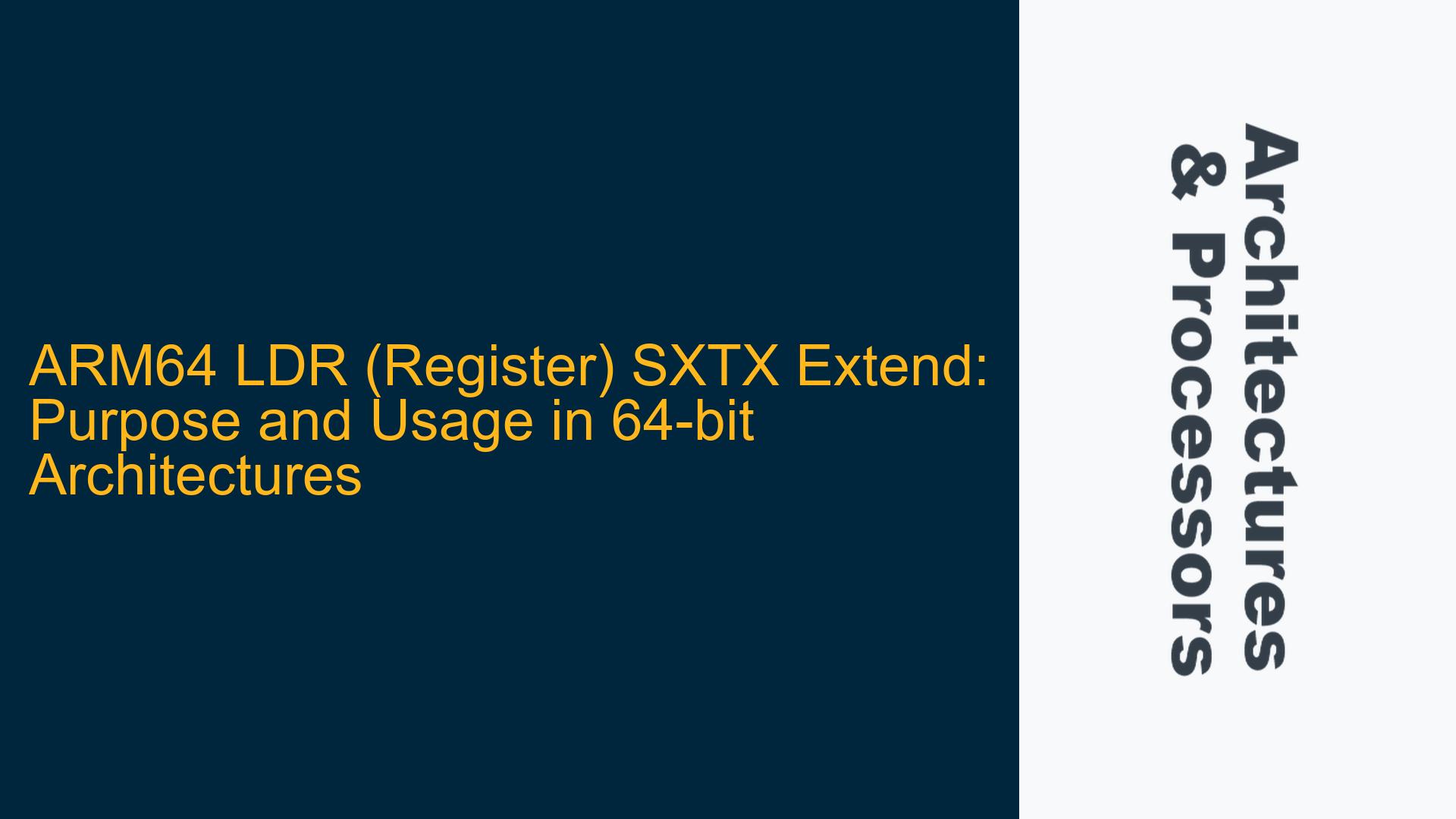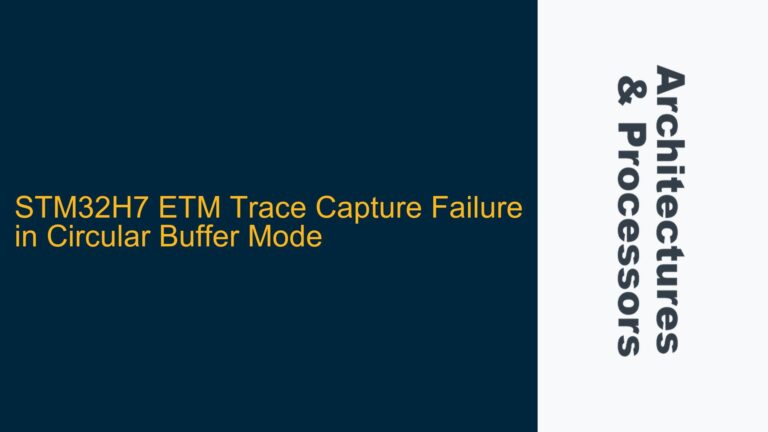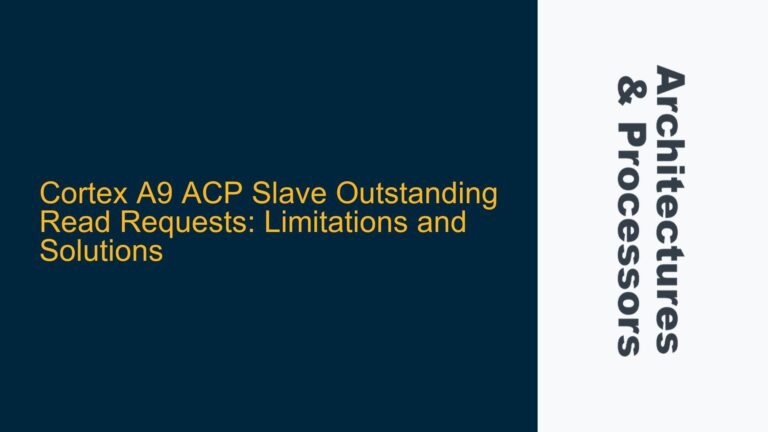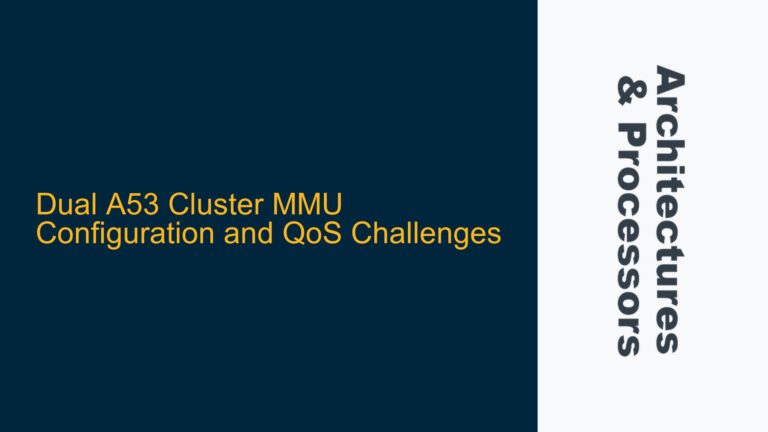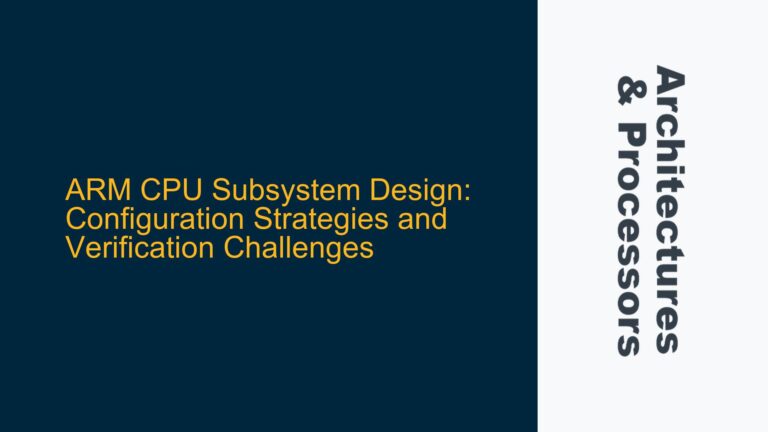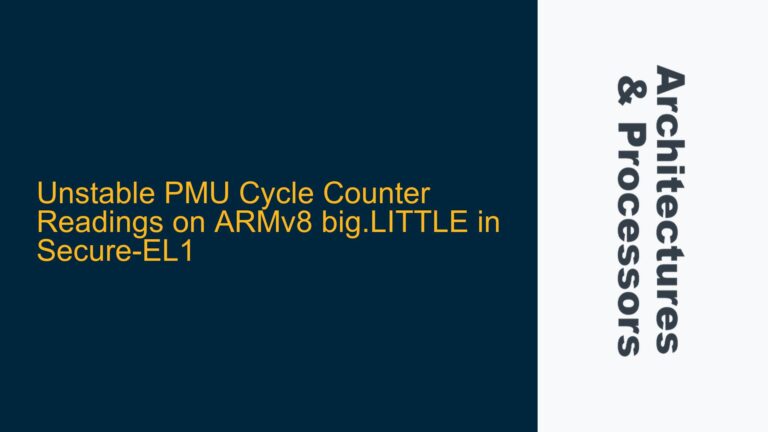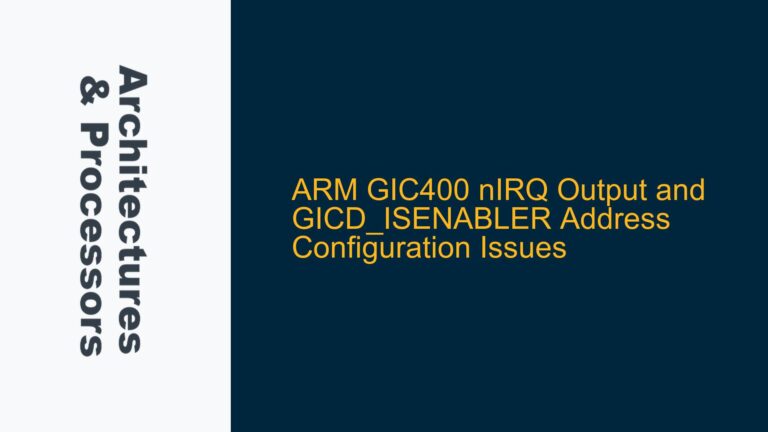Understanding the Role of SXTX Extend in ARM64 LDR (Register) Instructions
The ARM64 architecture introduces a variety of addressing modes and extensions to facilitate efficient memory access and manipulation. One such extension is the SXTX extend, which is used in conjunction with the LDR (register) instruction. At first glance, the SXTX extend might seem redundant, especially when dealing with 64-bit registers, as both the source and target registers are already 64-bit. However, the SXTX extend serves a specific purpose in ensuring consistent and predictable behavior when dealing with signed offsets in memory addressing.
In ARM64, the LDR (register) instruction allows for flexible addressing modes, including the use of an offset register that can be optionally extended. The SXTX extend is one such option, which stands for "Sign eXtend X-register." This extension is particularly relevant when the offset register contains a signed value that needs to be treated as such during the memory access operation. The SXTX extend ensures that the offset is correctly interpreted as a signed 64-bit value, even if the offset register itself is 64-bit.
The confusion arises because, in a 64-bit architecture, the concept of sign extension is typically associated with converting a smaller signed value (e.g., 32-bit) to a larger signed value (e.g., 64-bit). However, in the context of ARM64’s LDR (register) instruction, the SXTX extend is used to enforce the signed nature of the offset, even when the offset register is already 64-bit. This is crucial for maintaining consistency in memory addressing, especially when dealing with negative offsets.
The Necessity of SXTX Extend in 64-bit Memory Addressing
The SXTX extend is not merely a redundant feature; it plays a critical role in ensuring that the offset is treated as a signed value during memory access. This is particularly important in scenarios where the offset is derived from a calculation or a register that may contain a negative value. Without the SXTX extend, the offset would be treated as an unsigned value, leading to incorrect memory access and potential runtime errors.
Consider the following example:
ldr x0, [x1, x2, sxtx]
In this instruction, x1 is the base register, x2 is the offset register, and sxtx specifies that the offset should be treated as a signed 64-bit value. If x2 contains a negative value, the SXTX extend ensures that the offset is correctly interpreted as a negative value, resulting in the correct memory address being accessed.
The SXTX extend is also relevant when dealing with 32-bit offsets that need to be sign-extended to 64-bit. Although the SXTX extend itself operates on 64-bit values, it ensures that any 32-bit offset is correctly sign-extended to 64-bit before being used in the memory access operation. This is particularly important in mixed 32-bit and 64-bit environments, where 32-bit offsets may be used in 64-bit addressing modes.
Practical Implications and Solutions for SXTX Extend Usage
The practical implications of the SXTX extend become evident when dealing with complex memory access patterns, especially in scenarios involving negative offsets or mixed 32-bit and 64-bit addressing. The SXTX extend ensures that the offset is correctly interpreted as a signed value, preventing potential errors and ensuring consistent behavior across different addressing modes.
One common scenario where the SXTX extend is useful is in array indexing, where the offset may be derived from a calculation that results in a negative value. For example, consider an array access where the index is calculated as index = base - offset. If the offset is larger than the base, the resulting index will be negative. Without the SXTX extend, the negative index would be treated as a large positive value, leading to incorrect memory access. The SXTX extend ensures that the negative index is correctly interpreted, resulting in the correct memory address being accessed.
Another scenario where the SXTX extend is useful is in pointer arithmetic, where the offset may be derived from a signed value. For example, consider a pointer arithmetic operation where the offset is calculated as offset = pointer + delta, and delta is a signed value. If delta is negative, the resulting offset will be negative. The SXTX extend ensures that the negative offset is correctly interpreted, resulting in the correct memory address being accessed.
In summary, the SXTX extend in ARM64’s LDR (register) instruction is a crucial feature that ensures the correct interpretation of signed offsets in memory addressing. It is particularly relevant in scenarios involving negative offsets or mixed 32-bit and 64-bit addressing, where the correct interpretation of the offset is essential for accurate memory access. By enforcing the signed nature of the offset, the SXTX extend prevents potential errors and ensures consistent behavior across different addressing modes.
Addressing Common Misconceptions and Clarifying SXTX Extend Usage
One common misconception about the SXTX extend is that it is redundant in 64-bit architectures, as both the source and target registers are already 64-bit. However, this overlooks the importance of enforcing the signed nature of the offset, especially in scenarios involving negative offsets or mixed 32-bit and 64-bit addressing. The SXTX extend ensures that the offset is correctly interpreted as a signed value, preventing potential errors and ensuring consistent behavior across different addressing modes.
Another misconception is that the SXTX extend is only relevant when dealing with 32-bit offsets that need to be sign-extended to 64-bit. While the SXTX extend does play a role in sign-extending 32-bit offsets, its primary purpose is to enforce the signed nature of the offset, regardless of whether the offset is 32-bit or 64-bit. This is particularly important in scenarios where the offset may be derived from a calculation or a register that contains a signed value.
To further clarify the usage of the SXTX extend, consider the following example:
ldr x0, [x1, x2, sxtx]
In this instruction, x1 is the base register, x2 is the offset register, and sxtx specifies that the offset should be treated as a signed 64-bit value. If x2 contains a negative value, the SXTX extend ensures that the offset is correctly interpreted as a negative value, resulting in the correct memory address being accessed. Without the SXTX extend, the offset would be treated as an unsigned value, leading to incorrect memory access and potential runtime errors.
Best Practices for Using SXTX Extend in ARM64 Assembly
When using the SXTX extend in ARM64 assembly, it is important to follow best practices to ensure correct and efficient memory access. One best practice is to always use the SXTX extend when dealing with offsets that may be negative or derived from signed values. This ensures that the offset is correctly interpreted as a signed value, preventing potential errors and ensuring consistent behavior across different addressing modes.
Another best practice is to carefully consider the context in which the SXTX extend is used. In scenarios involving mixed 32-bit and 64-bit addressing, the SXTX extend ensures that any 32-bit offset is correctly sign-extended to 64-bit before being used in the memory access operation. This is particularly important in environments where 32-bit and 64-bit code may coexist, as it ensures consistent behavior across different addressing modes.
Additionally, it is important to understand the limitations of the SXTX extend. While the SXTX extend ensures that the offset is correctly interpreted as a signed value, it does not provide any additional functionality beyond that. For example, the SXTX extend does not modify the value of the offset register; it only ensures that the offset is treated as a signed value during the memory access operation.
In summary, the SXTX extend in ARM64’s LDR (register) instruction is a crucial feature that ensures the correct interpretation of signed offsets in memory addressing. By following best practices and understanding the context in which the SXTX extend is used, developers can ensure correct and efficient memory access in their ARM64 assembly code.
Conclusion
The SXTX extend in ARM64’s LDR (register) instruction is a powerful feature that ensures the correct interpretation of signed offsets in memory addressing. While it may seem redundant at first glance, the SXTX extend plays a critical role in enforcing the signed nature of the offset, especially in scenarios involving negative offsets or mixed 32-bit and 64-bit addressing. By understanding the purpose and usage of the SXTX extend, developers can write more robust and efficient ARM64 assembly code, ensuring correct memory access and preventing potential runtime errors.
